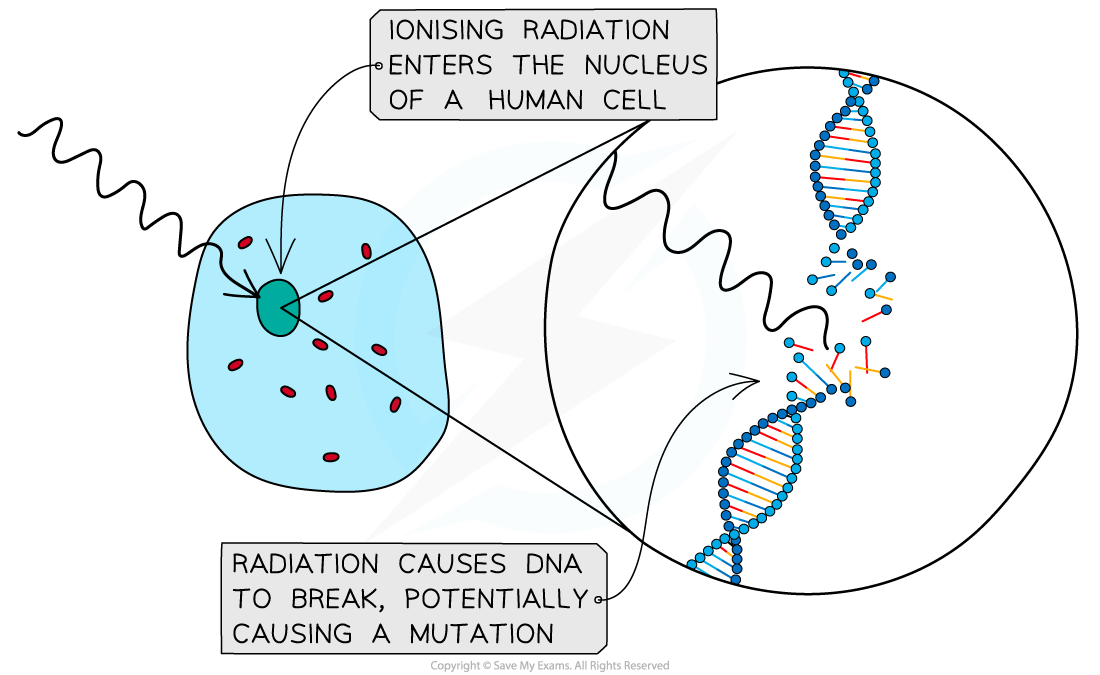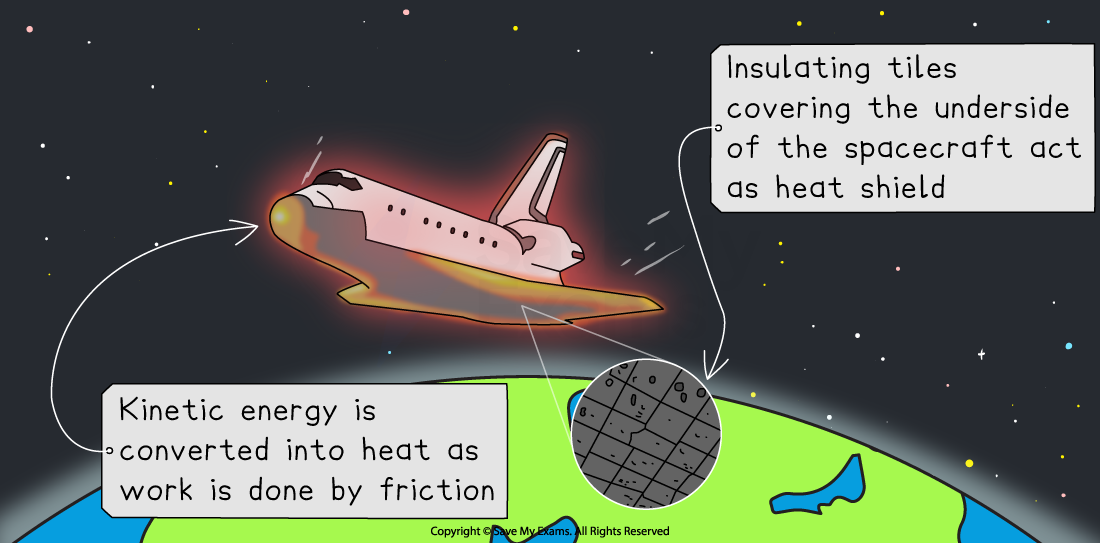Risks of Manned Space Exploration (SQA National 5 Physics): Revision Note
Exam code: X857 75
Risks of manned space exploration
Space exploration poses significant risks for astronauts due to the extreme environments they are subjected to
Some of these risks include:
fuel load on take-off
potential exposure to radiation
pressure differential
re-entry through an atmosphere
Fuel load on take-off
Launching a spacecraft from Earth requires a large thrust to overcome the Earth's gravitational pull
To achieve take-off and maintain enough thrust to reach space, rockets must burn a large quantity of fuel
At launch, the fuel makes up around 90% of the total mass of the spacecraft
Risk to astronauts:
The rocket fuel is highly volatile
Therefore, a small spark or mechanical failure could ignite the fuel and cause an explosion

Photo credit: NASA (opens in a new tab)
Exposure to radiation
Outside Earth’s protective atmosphere and magnetic field, astronauts are exposed to:
cosmic rays (high-energy particles from space)
solar radiation (charged particles from the Sun)
Risk to astronauts:
Ionising radiation can damage cells and cause DNA to mutate
Therefore, astronauts are at an increased risk of developing cancer or, in severe cases, acute radiation sickness
Effect of radiation on a living cell

Pressure differential
Inside a spacecraft or spacesuit, astronauts require the internal pressure to be equal to atmospheric pressure (the pressure at sea level on Earth)
Outside, in space, the external pressure is almost zero
This creates a large pressure differential, i.e. the difference between internal and external pressure
Risk to astronauts:
The pressure difference produces a large outward force on the spacecraft
If a breach (rupture) occurs, e.g. due to impact from space debris, in the spacecraft's hull or in a spacesuit (during a spacewalk), air would rush out very quickly
Re-entry into the atmosphere
When a spacecraft returns to Earth, it enters the atmosphere at a very high velocity
Friction between the spacecraft and the air generates heat energy, which causes the temperature to increase significantly
This is because the work done by friction transforms kinetic energy into heat
Risk to astronauts:
If a spacecraft is not protected from the heat, it could suffer a catastrophic failure or 'burn up' in the atmosphere
Heat shielding
To protect the astronauts and the spacecraft, heat shielding is required
Heat shields are made from insulating tiles with a high specific heat capacity and a high melting point, which allows them to
absorb a large amount of heat energy
radiate the heat energy back into the atmosphere
Heat shields are also coated with a substance with a high specific latent heat, which allows it to
absorb a large amount of heat energy without raising the temperature of the spacecraft
carry the energy away into the atmosphere as it melts (vaporises)
Heat shielding on the space shuttle

Examiner Tips and Tricks
Exam questions are sometimes asked about the re-entry of spacecraft, which may involve the following calculations:
The kinetic energy of the moving spacecraft, using
The work done against friction on re-entry, using
The heat energy absorbed by the tiles, using
The heat energy required to melt the coating on the tiles, using

Unlock more, it's free!
Did this page help you?